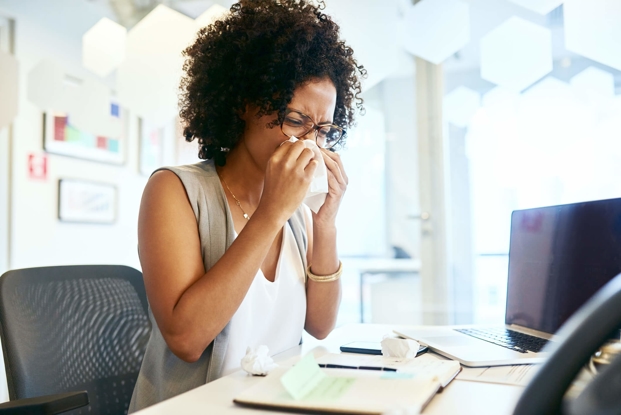Is that pain in your neck coming from a Smartphone?
- Category: Living Well
- Posted On:
- Written By: Monique Serpas, PT, DPT, OCS
“Text Neck” – what it is and what you can do to prevent it
Could I live without my smartphone?
I personally use my phone several times a day, and way more than just for making and receiving calls. It’s where I store my family’s calendar and grocery lists. It’s my dashboard navigator, giving me turn-by-turn directions and alerting me to traffic. I check the weather and news on it, send and reply to email, and take video and pictures of my two boys.
We all know I’m not the only one. According to studies by the Pew Research Center, 64% of American adults and 85% of young adults own a smartphone. 46% of smartphone users say they “couldn’t live without it.” It certainly comes in handy to have so much information at your fingertips at any given moment, but is convenience worth the cost? Is all that smartphone use hurting us?
As a physical therapist that treats orthopedic conditions, I’ve seen a fair amount of people with neck pain and associated conditions like radiculopathy, shoulder impingement, and carpal tunnel syndrome. In recent years, a new term has popped up, called “text neck.” This is neck pain that comes from the awkward posture assumed with frequent smartphone use. The position most people assume when texting or using their smartphones, is bent forward and down with the shoulders rounded as pictured below.
Smartphone operators often use a harmful position
Holding this position for long times is not natural and the neck tolerates much more strain in this position. This forward head position reduces the natural curve of our neck, which creates not only neck pain but also shoulder pain, headaches, and numbness and tingling in the arms and hands. In a neutral position, our ears line up over our shoulders and support the weight of our heads which is around 10 pounds. For each inch our ear moves forward of our shoulder, the neck has to tolerate an additional 10 pounds of force. During common texting positions, this can add up to 60 pounds! That’s a lot of load to put on the joints and muscles in our neck repeatedly each day.
What can we do about this?
Get rid of our phones? Not likely, so here are a few strategies to take less strain off the neck.
- First, try to decrease amount of time spent on a smart phone. Only check email and text messages three times a day. Silence your texts and instruct people to call you when they have something important and timely to say. Turn off notifications, so that you are not tempted to check social media or apps more than three times per day.
- Second, try and keep yourself in a good ergonomic posture when using your phone. Watch the position of your head and neck when texting or browsing the Internet and try to avoid a slumped-over, collapsed posture. Elevate the phone to a position where you are not bending over. If you are having trouble reading small print, don’t jut your head closer to the screen. Doing so places significant strain on the neck. Instead, raise the phone closer to eye level, enlarge the font, and be sure to keep your ears lined up over your shoulders, feeling tall and lifted as shown in the picture.
If you are having pain in the neck, shoulders, arms, or hands, ask for physical therapy.
At Touro’s Back In Action Center, our therapists are trained in manual therapy techniques, therapeutic dry needling, and therapeutic exercises to treat the conditions frequent smartphone use can cause. We don’t just treat the symptoms, we treat the cause of musculoskeletal conditions, and give our patients the tools needed to relieve their pain and return to an active lifestyle.
Monique Serpas, PT, DPT, OCS, is a physical therapist and board-certified Orthopaedic Clinical Specialist practicing at Touro Infirmary in New Orleans, LA. Monique realizes how difficult it can be to overcome an injury or manage a chronic condition and is focused on helping her clients achieve wellness through a physically active lifestyle. Monique treats orthopaedic, balance, and vestibular disorders using a combination of hands-on manual therapy, therapeutic exercise, and education. This enables patients to assist in their own recovery and injury prevention. Monique holds a Doctor of Physical Therapy from Concordia University Wisconsin (2008) and a Bachelor of Science in Kinesiology from Louisiana State University (2004). She is a member of the American Physical Therapy Association (APTA), Louisiana Physical Therapy Association (LPTA), and the Orthopaedic and Neurology sections of the APTA.


